A couple of weeks ago (on May 16), Organizing for America [OFA], the grassroots network that was called Obama for America, had an organizing meeting in Massachusetts that drew over 400 attendees. [I’ve written earlier about the challenge and promise of OFA, the 13 million person network from the campaign, that is unprecedented and the question of whether they will be field troops for the Obama agenda or enabled to have their own input into policy.]
Marshall Ganz provided a historical context for OFA. He noted that social change in our history is not a constant, it is episodic: “”Change is slow except when it’s fast. We’re in a fast movement now so let’s not lose it.” This is the first time, Ganz noted, that a social movement gave birth during a political campaign. Successful social movements have to act national but be locally rooted, and to translate national action into local change. Ganz believes that more civic capital has been created through this campaign than ever created through our nation’s history; we have to be creative about using this civic capital. We need to make sure that it is not a one-way arrangement.
The theme of OFA members wanting input on policy came up at the OFA-MA event, both in questioning of Mitch Stewart (national director of OFA) and in informal discussions throughout the day. Mitch Stewart noted that OFA’s prime agenda was “to support the President’s agenda.” During Q&A a woman shouted out “We want input in that agenda!” to large applause. Stewart tried to siphon the OFA interest in policy by encouraging people to express their input on whitehouse.gov or by communicating with their members of Congress. He noted that he was not a policy expert and OFA was not a policy organization. But it is clear that the audience wasn’t comfortable with that resolution.
A number of speakers highlighted a theme that I have discussed earlier about the importance of marrying technology with “social capital” to have optimal effect. Ethan Winn (software developer) summarized it as “organizing practices apply online” and commented that once you build the trust through F2F encounters, you can give people responsibilities.) Marshall Ganz, Harvard lecturer, former community organizer and train-the-trainer for the Obama grassroots effort, in response to a question about how to reach low-income people through technology, replied: “It’s important to distinguish between carpenters and tools. The best tools in the world don’t build a house. The campaign made the tools and equipped people to use the tools. The Dean campaign was successful in using technology to fund raise but the Meetups were not successful — no one knew what to do. The Obama campaign did that part well. People were hungry for tools to work with one another successfully. The technology AND the leadership together were what made the campaign successful. Also, the use of YouTube to enable people to tell their stories was extraordinary. That tool has just begun to realize its potential.” And Sarah Compton (field organizer in MA for Obama) observed: “I hope that technology never replaces face-to-face contact. When canvassing to NH, we tried to have a carpool in every town. Those carpools were also meetings and got people engaged. A proof that that was more successful in some ways than technology, the national campaign sent out a blast email about Drive for Change, but we got thousands more people to canvass through word of mouth.”
Here is a thoughtful post on the OFA-MA meeting by “Bottom Up Change”.
Here is video of “Grassroots Organizing: Harnessing the Obama Movement” [panel featuring Sarah Compton, Marshall Ganz, Juan Leyton (director of Neighbor to Neighbor), Ethan Winn and Alan Khazei (BeTheChangeInc.org and co-founder of City Year)
OFA-MA has many other resources from the recent meeting including a live-blogging account of the day.



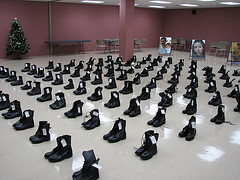
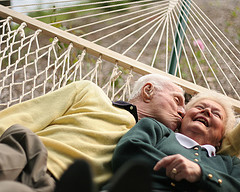
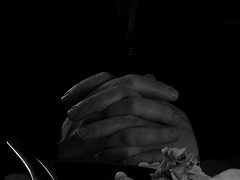
 David Brooks in his Op-Ed today describes how Republicans have tilted toward freedom and rights at the expense of community.
David Brooks in his Op-Ed today describes how Republicans have tilted toward freedom and rights at the expense of community.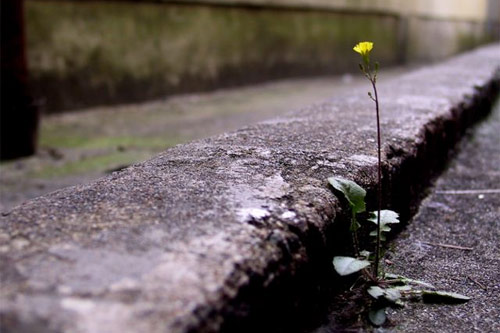


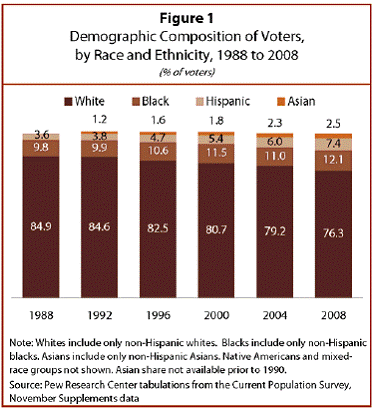 The Pew Research Center, in partnership with
The Pew Research Center, in partnership with 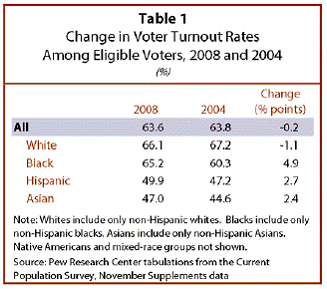 So the interesting takeaway from all this was that although the voting rate in November (despite all the money spent on the campaign and the telegenic candidacy of Obama) was relatively unchanged, but the composition of the voters definitely did change, with whites continuing to disengage and non-whites becoming more active.
So the interesting takeaway from all this was that although the voting rate in November (despite all the money spent on the campaign and the telegenic candidacy of Obama) was relatively unchanged, but the composition of the voters definitely did change, with whites continuing to disengage and non-whites becoming more active.